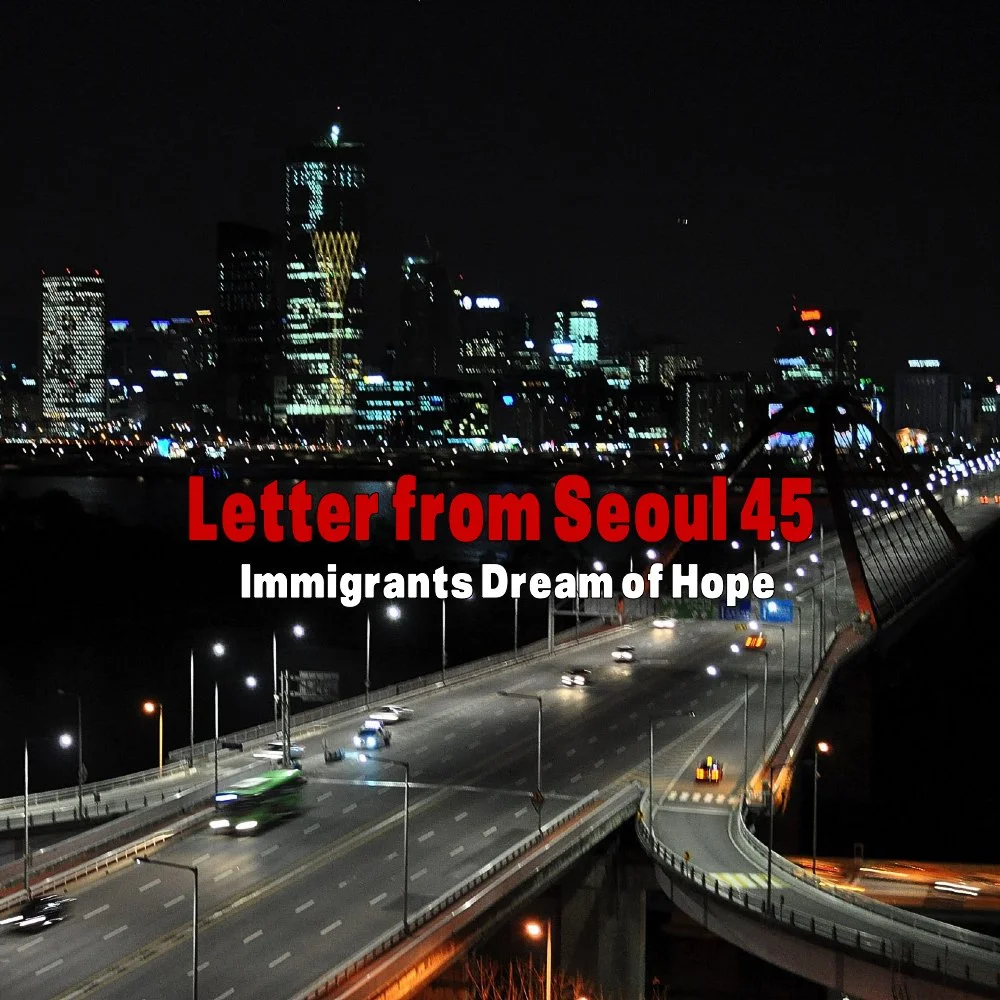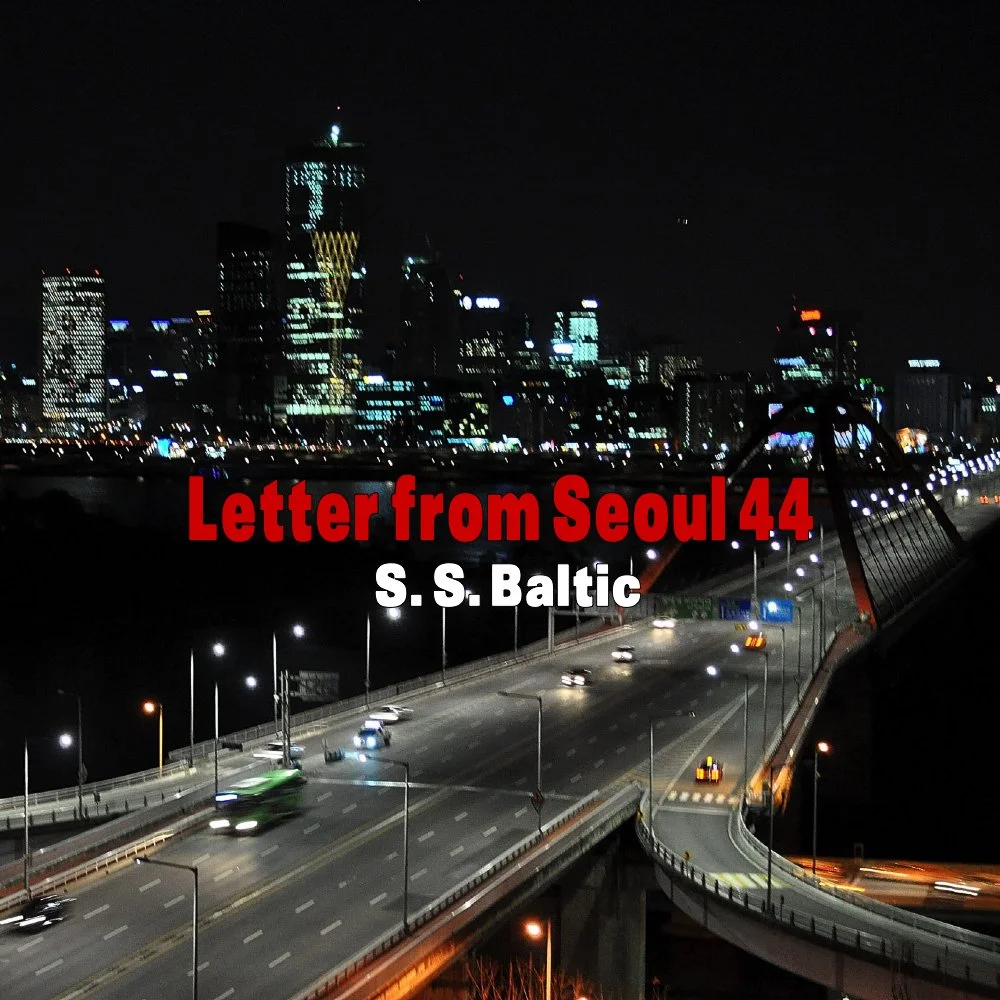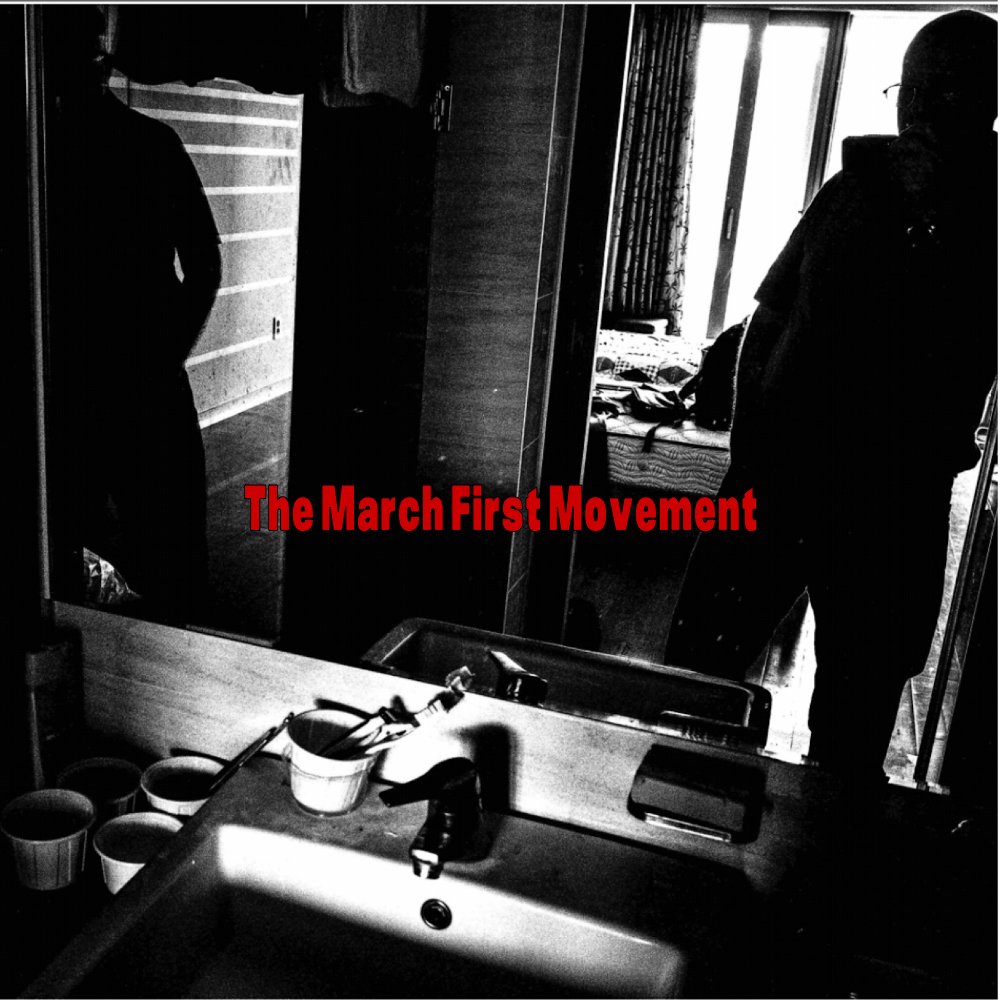Letter from Seoul - 13

Chuseok in Seoul
Seoul has roughly two million more people than New York City, and yet when half the people of this fast-paced, high-tech, First World capital seem to disappear for three or four days, there is no mystery.
The answer is the annual Chuseok tradition – sometimes called the Korean Thanksgiving because it is celebrated with good food, wine, and family gatherings. It typically takes place in September or October, according to the lunar calendar.
Pronounced as “Chu-sock,” masses of people travel to the hometowns of their parents or grandparents to pay respect to the spirits of their ancestors – and to celebrate the fall food harvest.
The three-day Chuseok tradition is one of Korea’s biggest and most important holidays and an essential aspect of Korean culture.
Chuseok is often called “Korean Thanksgiving” because it shares similar traditions to the Thanksgiving holiday in the US.
Chuseok is also very busy for most households as they prepare for huge family gatherings.
Starting a month before Chuseok, small armies of women descend on the major grocery stores of Seoul and other Korean cities to begin selecting the best produce and meat, poultry and fish for the annual tradition. Invariably, there are small boxes of fruit for gift packages, and the prices in both grocery and standard retail stores – like Hyundai and Lotte, start to increase noticeably as the holiday draws near.
Chuseok is celebrated on the 15th day of the 8th month according to the lunar calendar. Although the exact day changes each year, the tradition is typically celebrated in September and October.
This year, the celebration began on Saturday, September 16 and ends Wednesday, September 18.
The three-day holiday period for Chuseok includes the day of Chuseok and the days before-and -afterwards.
According to legend, an ancient king of the Silla kingdom (57 B.C. to-935) started a month-long weaving contest between two teams. The team who had woven the most cloth won, and they were treated by the losing team with food, drinks, and other gifts. This began the tradition of Chuseok nearly 2,000 years ago.
Traditionally, the purpose of Chuseok was for family members to gather together during the full harvest moon. This usually appeared in the sky on the 15th day of the eighth month of the lunar calendar. Families wanted to celebrate and show gratitude to their ancestors for the fruitful harvest.
Charye, or ancestor memorial services, take place on the morning of the day of Chuseok. It’s when family members gather in their homes to honor their ancestors with memorial services.
Ancestral worship is common in Chuseok, and representative foods for this service are newly harvested rice, songpyeon rice cakes, and alcohol.
Of course, not all Seoul residents leave the city to visit older family members in the countryside. Enough changes have occurred in Korean society over the past that three-generations of a family all reside in the city. As this is the case for millions of people, the idea of family is still important, and in these hot weather conditions, these extended families can be found along the shady spots of Gwanghwamun Square along Sejong-daero in the heart of the city.
An equally appealing area for families and couples is Cheonggyecheon Creek, a 6.74 miles (or 10.84 km) stream flowing west-to-east through downtown Seoul, and then meeting Jungnangcheon, which connects to the Han River and empties into the Yellow Sea.
Cheonggyecheon Creek is a block east of Sejong-daero.
This year’s Chuseok festivities in the capital included the three-day Seoul Street Music Festival on Seoul Plaza, in front of the old City Hall, and across the street from Deoksu Palace on Sejong-daero.

Cheonggyecheon

Cheonggyecheon

Keeping cool on Gwanghwamun Square

Seoul Street Music Festival






























